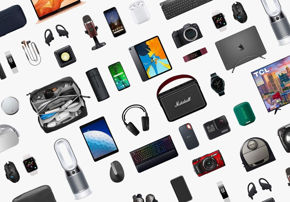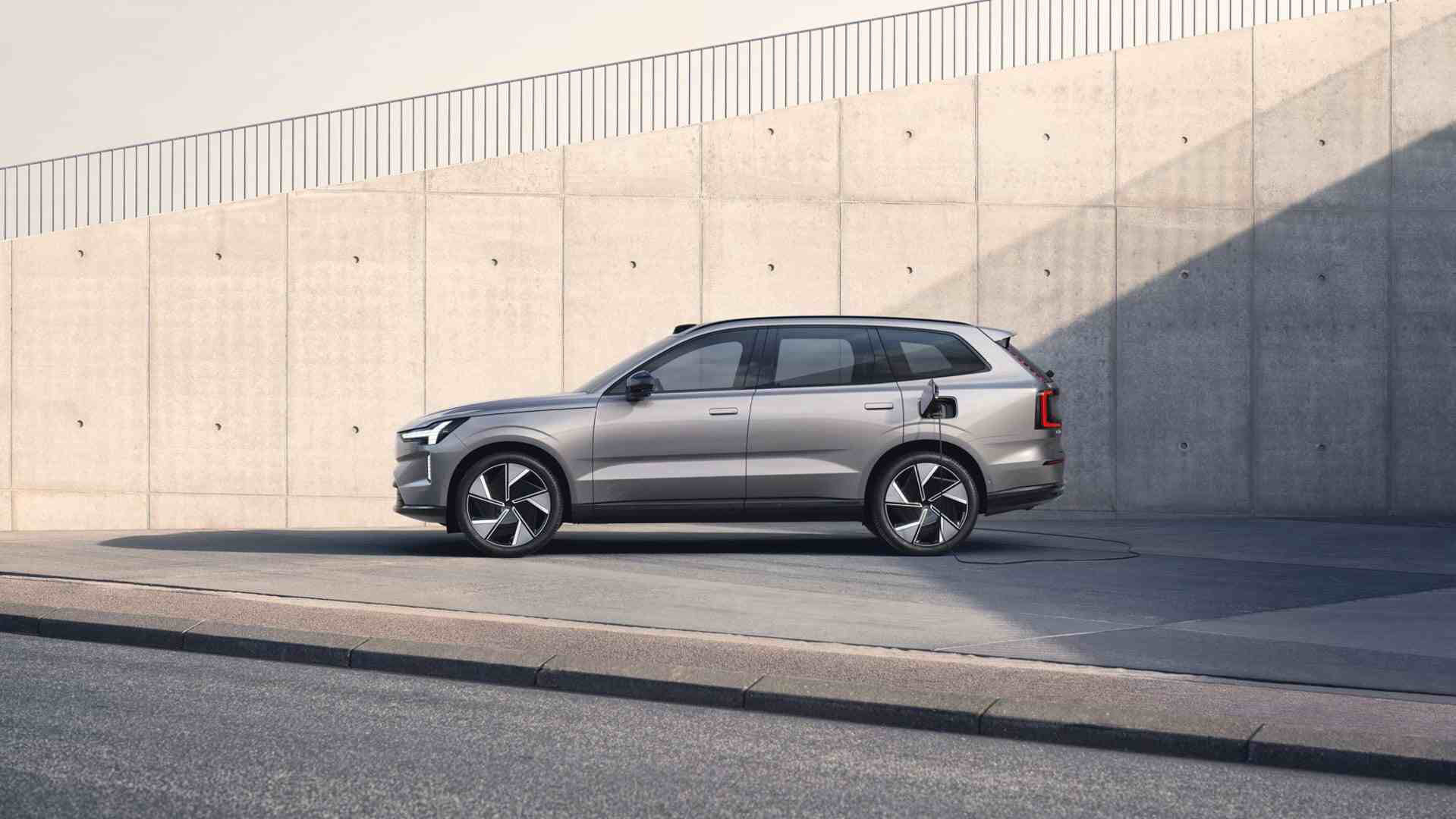In 2021, Volvo set an ambitious goal to make only all-electric vehicles by 2030. Three years later, the company has abandoned that target. Now it says it expects at least 90% of its cars to be electrified by that year, meaning some of them might be hybrids, not fully electric. (Some of the cars might also be “mild hybrids,” meaning they’ll have a small electric motor but mostly run on gas.) But the company says it’s still committed to an all-electric future. We talked to Vanessa Butani, Volvo’s head of global sustainability, about the company’s plans.
Why did your all-electric goal for 2030 change?

I want to be clear that we’re still going all-electric. That’s our strategy. That’s what we believe in as Volvo cars. But we see the need to adjust based on where the market’s going. Even if we’re fully ready—we have five all-electric cars today, and we have five in our lineup that will be out before 2030 as well—we see that, for various reasons, [consumer] adoption isn’t going as quickly as we would like. Whether [that’s because] people have range anxiety, or there are just people not quite ready to switch to fully electric, we need to give some time for that. The plug-in hybrids are a great transitional way to introduce people to the fantastic experience of driving an electric car to make sure that we can move to all-electric after that.We also see that there’s not enough infrastructure in place. There’s not enough build-out of electric charging for cars. For example, in the U.S., there’s what, 16,000 electric charging points in California versus, I think, 500 in Ohio. [Editor’s note: As of 2023, Ohio had around 1,200 EV chargers.] There’s a population difference, but it’s still pretty disproportionate. We really need to get the infrastructure in place in order for things to change. We also see incentives being rolled back. So it makes it difficult. But for us, this is a 5% to 10% adjustment to our plans.
l now for the percentage of your cars that will be hybrids by 2030, versus fully electric?
We haven’t gotten into those details. But right now we’re at 25% fully electric, and 50% electrified. So I hope we continue on that strong trajectory.

Have you set a date for when you plan to be 100% electric?
We haven’t set a date for that. We see that it is going to be market dependent, but if I look even further out, I mean, we want to be at net-zero emissions by 2040. That’s across our entire value chain. So we need to move on that.
How much do you think cost is still a barrier for consumers? When do you expect electric cars to reach price parity with gas cars?
I think there are so many factors in the decision for consumers. Of course, cost is one of them, but we do see that changing as well. It’s different in different regions. If you look at a total cost of ownership, generally we see there’s decent parity because of the prices of energy. We know the technology is much better. When a consumer drives an electric vehicle, then they really see the advantage of [less] noise, a really great driving experience, and a much more efficient vehicle. I think it’s some of those other things, like the maturity of the infrastructure, that are challenging.

Many people can charge their cars at home most of the time. What do you think it will take to get enough public EV charging in place for people to be willing to make the switch?
In California, they’ve been really putting policies in place to help with incentives. [Editor’s note: For example, rebates to make it less expensive to install charging stations.] Then you have to raise the awareness as well. You give a push from the policy side. But from our perspective, we have to make attractive products, right? I see it as a hand-in-hand thing—the policy, and companies working together to make it happen.
In the U.S., there’s a lot of uncertainty about EV policy depending on who wins the presidential election this fall. How do automakers plan for both scenarios?
I think it’s out of our hands, the way the outcome will go. But what we can do is just stick to our strategy, and then adapt to our local markets and talk to our consumers in a way that makes things interesting to them. We’re a pretty small brand, and we have a loyal following of consumers. We’re working with them and working with our retailers to really show the greatness of driving the electric vehicles. And then trying to work with policymakers who are open to it to push for the infrastructure that we need.

Volvo is owned by a Chinese company, the Zhejiang Geely Holding Group. Do you think that tariffs on electric cars made in China are a mistake, given the urgency of tackling climate change now?
I think it’s important that we are open and transparent. But as a global car company, we also adapt our production and our strategy, trying to look ahead. Tariffs coming in weren’t a surprise, right? So we’ve been working for a long time to make sure that we can really produce where we sell and try to source also where we produce, so that we are able to adapt to changing market conditions. I think now we need to work closer with industry, NGOs, other stakeholders, and policymakers to continue to drive the change that we need.
You mentioned that Volvo has a goal to get to net zero by 2040. How long do you think it might take the industry overall? How long will it take for all cars to go all-electric?
I’m an optimist. And I see what is happening in the world. The sales of electric vehicles continue to grow. That’s a trend that’s not changing. And there’s so much innovation happening in batteries—the efficiency of those batteries, and the range that we can give. The European Union has a ban on internal combustion vehicles by 2035, so it’s going to push things in the right direction. I see China as the biggest electric vehicle market in the world.
So I think really, [these are] bumps in the road. We see ourselves as leaders, already 25% electric, almost 50% electrified. We’ve reduced our tailpipe carbon emissions per car already—almost 50% since 2018. We really believe this journey is good for us, good for the planet, good for our business.











